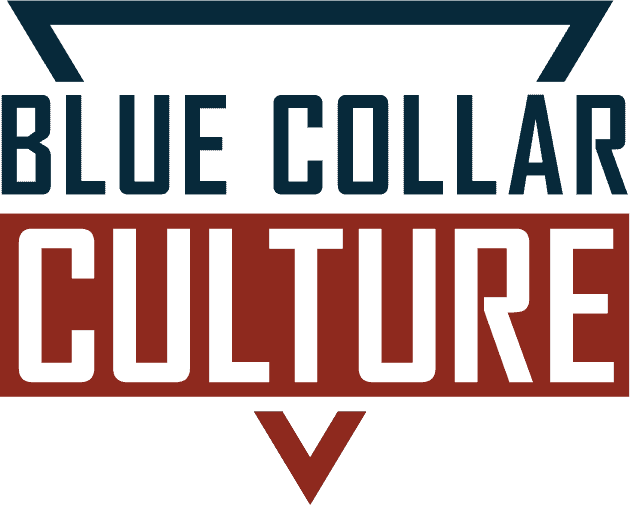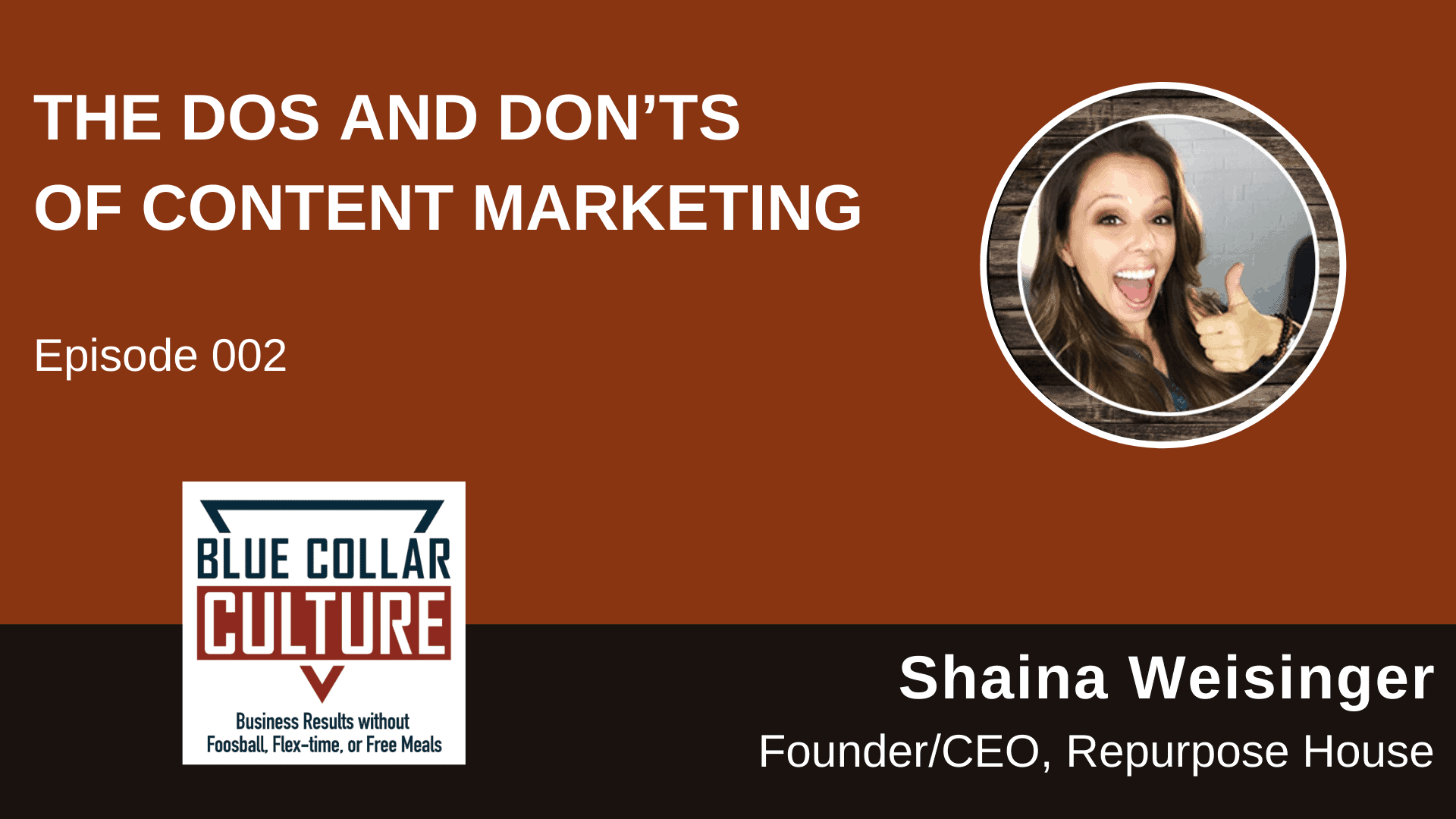Content marketing is a big buzzword these days for a good reason. It’s an effective way for brands and companies to build profitable relationships with customers.
But Shaina Weisinger maintains that many businesses are going about content creation all wrong. They’re busting their butts to get content out there… but not using it to its full potential.
We talk about an approach that bolsters your ROI on content marketing and beefs up your all-important social media presence. Shaina also shares the hiring secrets she’s picked up over the years that have helped her put together a very effective team.
Tune in for the details from Shaina on all that, as well as…
- How to create content that resonates with your audience
- Where to find key people, from managers to frontline employees
- Outsourcing done right – and what to watch out for
- Taking advantage of the world’s #2 search engine
- The vital importance of knowing and accepting the fact that you’re not always going to be right
Listen now…
Mentioned in this episode:
- Repurpose House
- Connect with Shaina on: LinkedIn, Facebook, Twitter, Instagram

